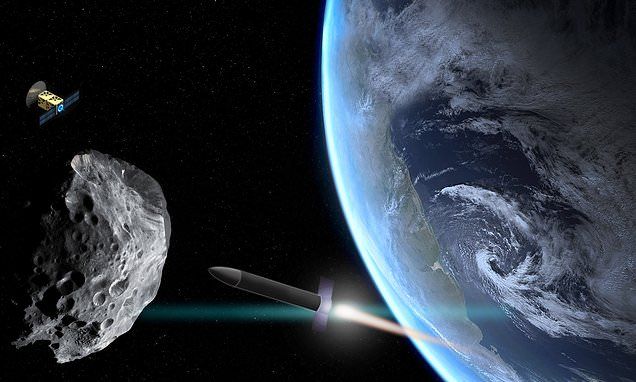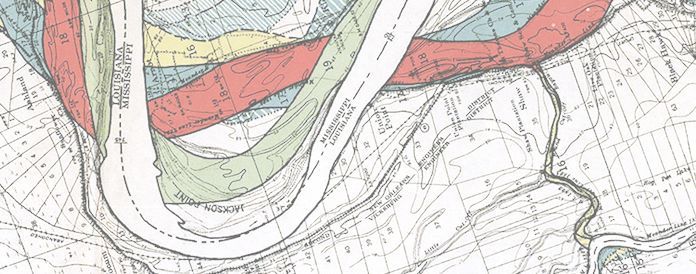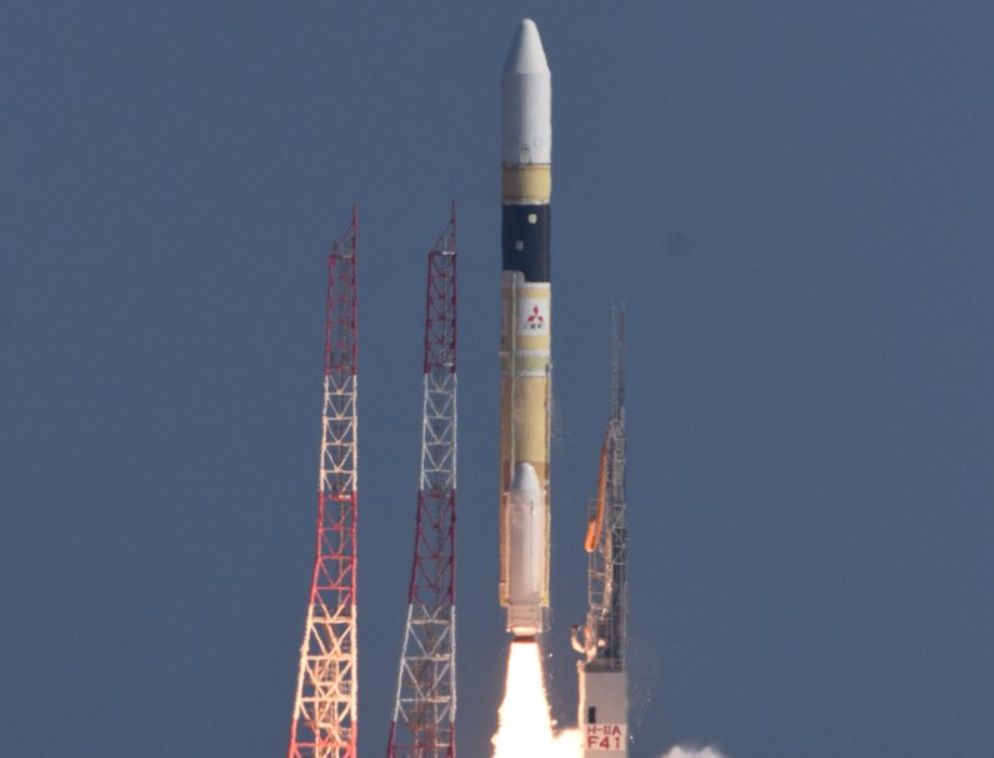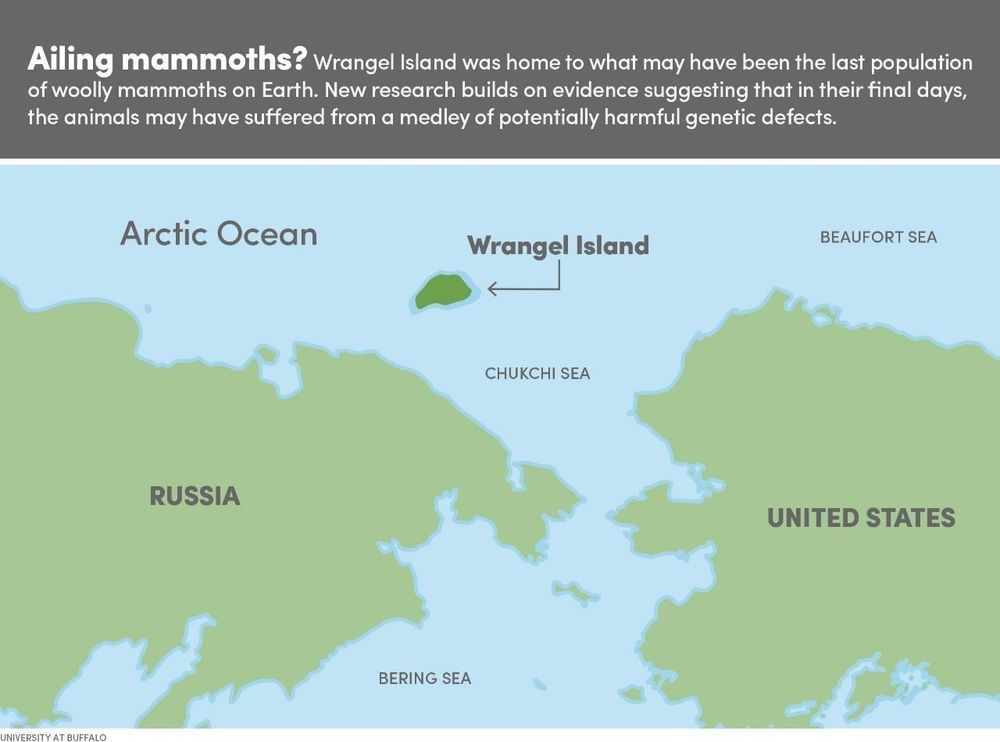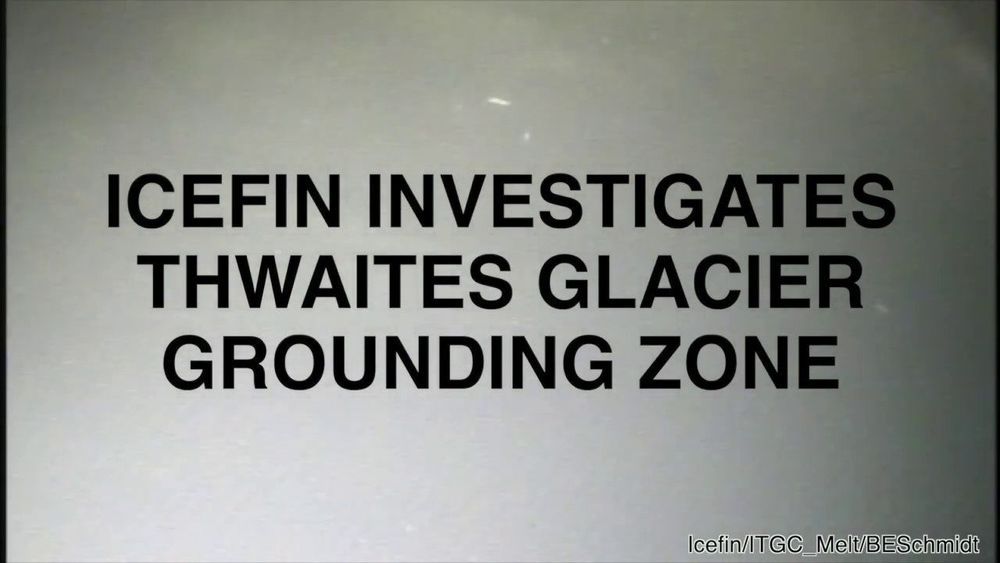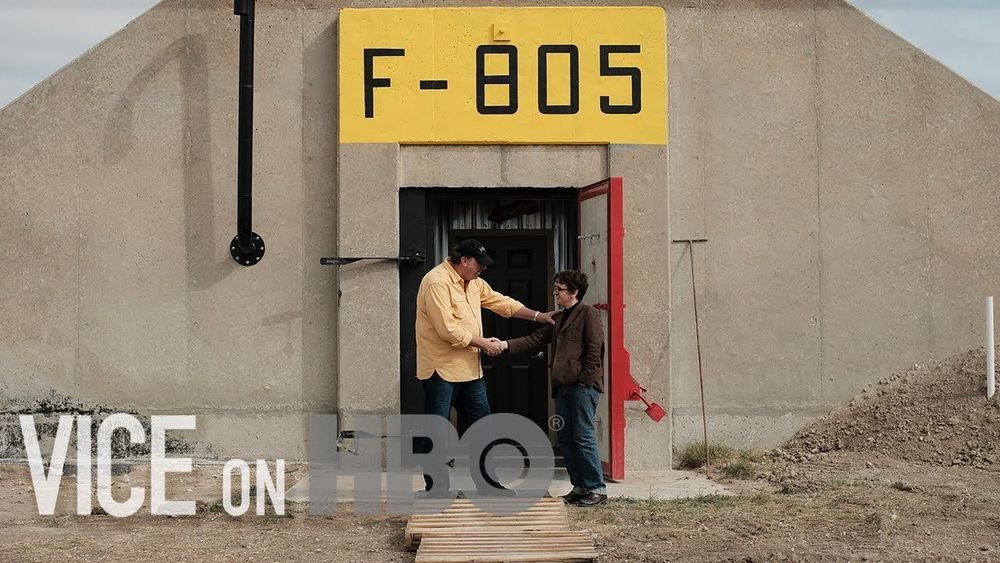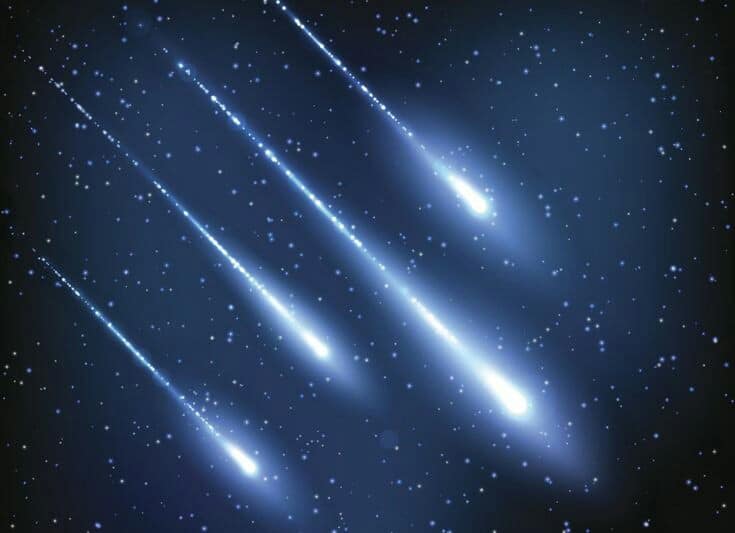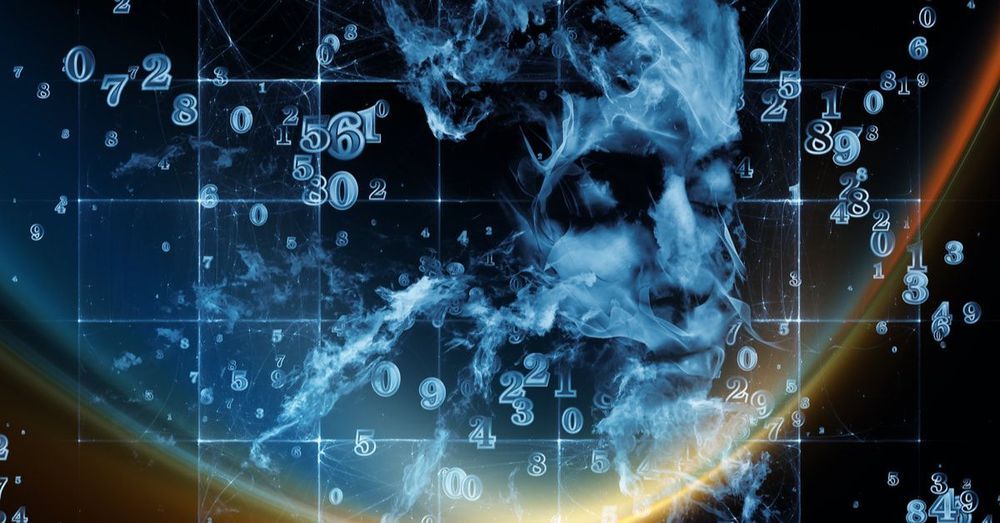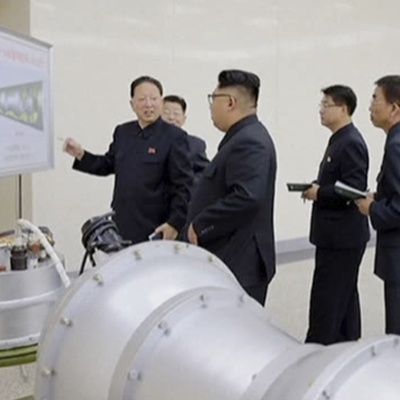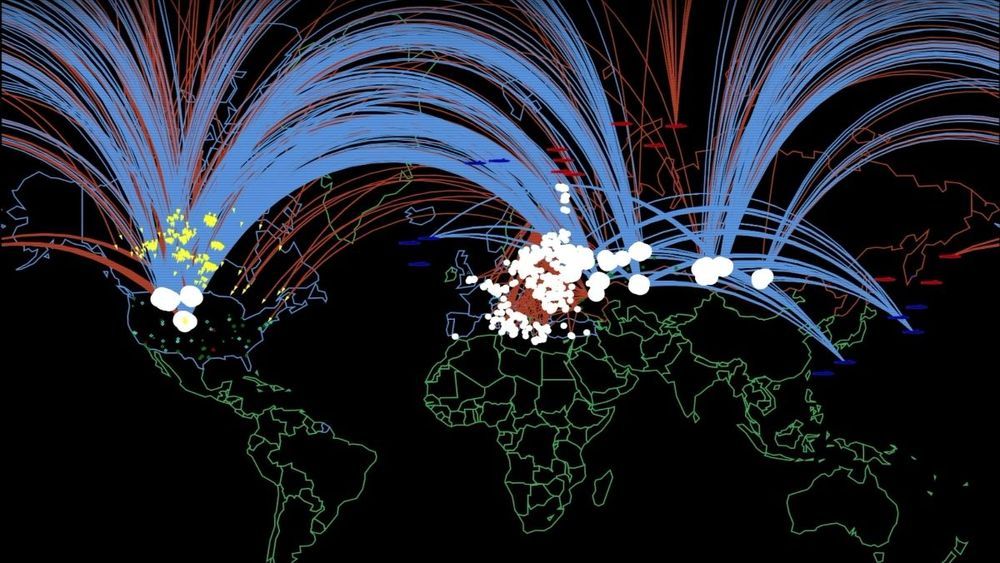A team of scientists at MIT have developed a computer program that will help humans decide how to best deal with the end of the world, so long as that comes in form of a catastrophic asteroid collision.
Experts say there as many as two or three new asteroids, sometimes called ‘Near Earth Objects,’ discovered every night.
It’s inevitable that one of these asteroids will eventually end drifting into a collision course with Earth.
